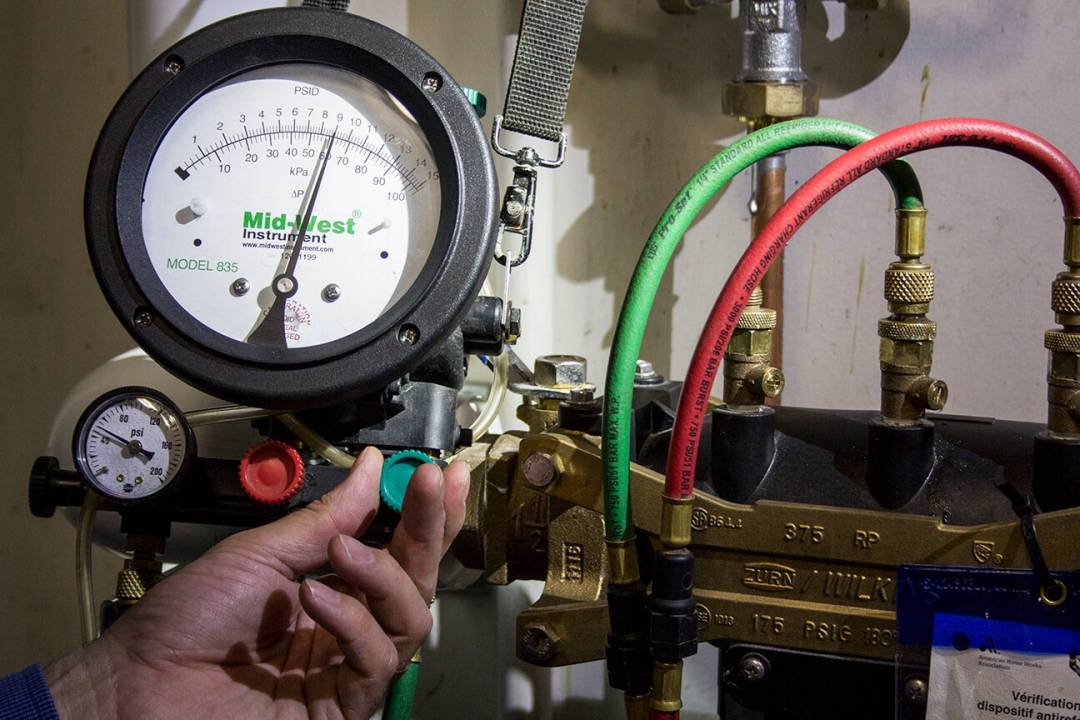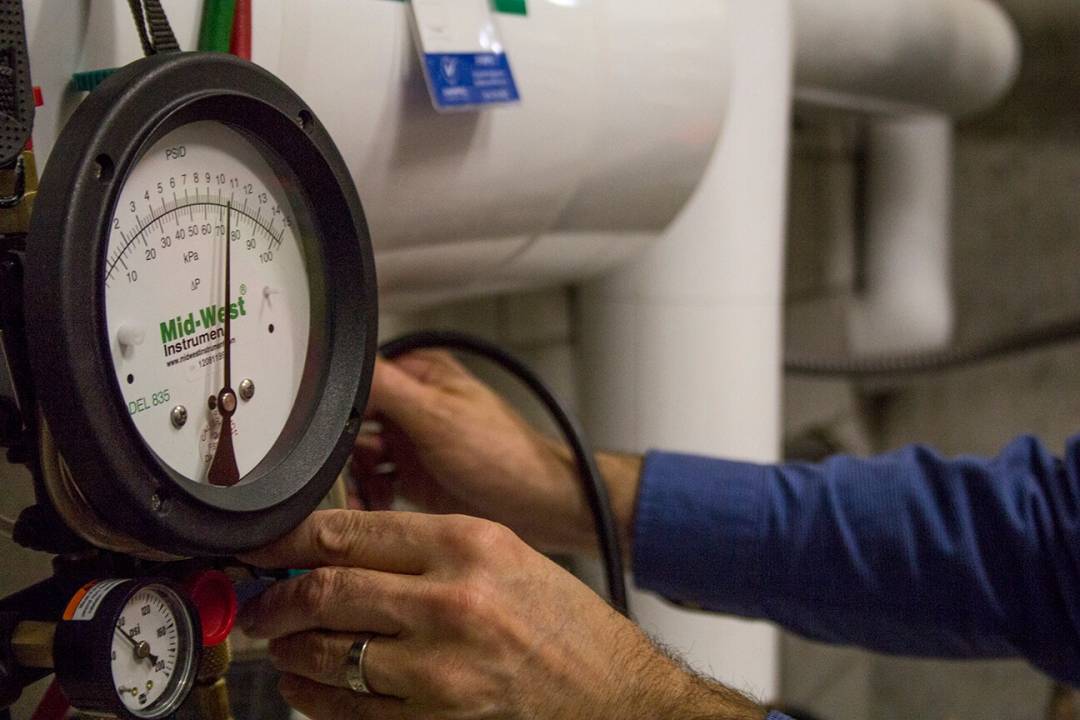
First of all, the annual inspection of the BFDs is essential to guarantee their proper functioning. It makes it possible to detect any potential device failures, such as leaks, faulty valves, or obstructions that could compromise their effectiveness. By identifying these issues early, owners and contractors can take immediate corrective action to prevent more serious incidents, such as contamination of the drinking water system. An event of this nature could cause infections, illnesses and other health problems among users of the building’s contaminated water.
Finally, the annual inspection of BFDs is also a legal requirement in many regions, including Quebec. Owners and contractors have an obligation to comply with these regulations to ensure the safety and compliance of drinking water systems.

In summary, the annual certification of backflow prevention devices (BFDs) is essential to protect Quebec's drinking water by preventing the risk of contamination. These inspections guarantee their proper functioning, avoid public health problems, and meet legal requirements, thus avoiding possible sanctions.
1. Qu'est-ce qu'un dispositif anti-refoulement ? (s.d) Récupéré sur Plomberie Mc Henry: https://www.mchenryplumbing.ca/dispositif-anti-refoulement-defininition-fonctionnement
2. CMMTQ. (s.d.). Dispositifs antirefoulement : quelles sont les obligations des propriétaires et des entrepreuneurs ? . Récupéré sur CMMTQ: https://www.cmmtq.org/conseils-pratiques1/dispositifs-antirefoulement---obligations-des-proprietaires-et-des-entrepreneurs
3. Régie du bâtiment du Québec. (s.d.). Installer un dispositif antirefoulement, c'est obligatoire. Récupéré sur Gouvernement du Québec: https://www.rbq.gouv.qc.ca/vous-etes/proprietaire-ou-exploitant/les-exigences-de-qualite-et-de-securite/dispositif-antirefoulement/
4. Régie du bâtiment du Québec. (s.d.). Installer et vérifier un dispositif antirefoulement, c'est obligatoire . Récupéré sur Gouvernement du Québec: https://www.rbq.gouv.qc.ca/domaines-dintervention/plomberie/les-exigences-de-qualite-et-de-securite/dispositif-antirefoulement/
5. Buchard, H., Boulanger, S., Canuel-Langlois, É., Gagnier, É., Richard, M., Rochaix, A., & Sagala, M. (2019). Guide sur les dispositifs antirefoulement : Protection des réseaux d'eau potable contre les raccordements croisés. Récupéré sur CMMTQ: https://www.rbq.gouv.qc.ca/fileadmin/medias/pdf/Publications/francais/guide-dar-protection-reseau-eau-potable.pdf
We use cookies to understand how you use our site and to improve your experience. This includes personalizing content and advertising. By continuing to use our site, you accept our use of cookies, terms and conditions, privacy policy. Confused? Send us an e-mail.
I acceptWe use cookies
Respecting your privacy matters to us. We use cookies to personalize our content and facilitate your digital experience. Some cookies may be collected with your consent.
Essential
Essential cookies help make a website usable by enabling basic functions such as page navigation and access to secure areas of the website. The website cannot function properly without these cookies.
Performance
These cookies enable us to analyze navigation on our sites and improve their operation.
Customization
Preference cookies enable a website to remember information that modifies the behavior or appearance of the site, such as your preferred language or the region you are in.
Targeted advertising
These cookies help us limit the number of times you see an advertisement, personalize our offers and services according to your centers of interest, measure the effectiveness of an advertising campaign, and so on. They may be shared with our partners.
We use cookies
Respecting your privacy matters to us. We use cookies to personalize our content and facilitate your digital experience. Some cookies may be collected with your consent.